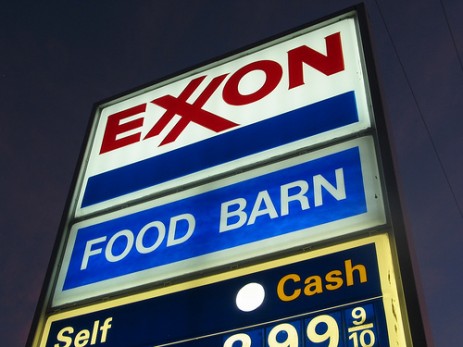A week after an ExxonMobil pipeline burst under Montana's Yellowstone River, spots of oil have been found more than 80 miles downstream from the original spill. Exxon is on the clean-up case; more than 500 Exxon clean-up workers are on the scene, and the company has put down 8,000 feet of absorbent booms and 150,000 pads to soak up the oil. But the company is also being so sneaky in their proceedings that Montana Gov. Brian Schweitzer and his team huffed out of the incident command center and set up their own clubhouse.
Schweitzer and his team is opening an alternative incident command center today at Schweitzer's Billings office. The governor and his staff left the first incident command center because Associated Press reporters said they were denied access to government officials by ExxonMobil security personnel, which raised concerns that meetings there were not up to the state's legal strictures about open-meeting laws. ExxonMobil said they were not in charge of the incident command center, which was a joint effort between the company and the state government.
Nobody’s stopping reporters from talking to the 50 to 300 Montana residents whose land has been contaminated, though. “It looks like a wasteland,” one resident told the Wall Street Journal, about his land. Residents also reported overwhelming gas-like smells and problems with head aches and nausea; ExxonMobil contractors will test the air in 12 homes for levels of health-threatening pollutants.


